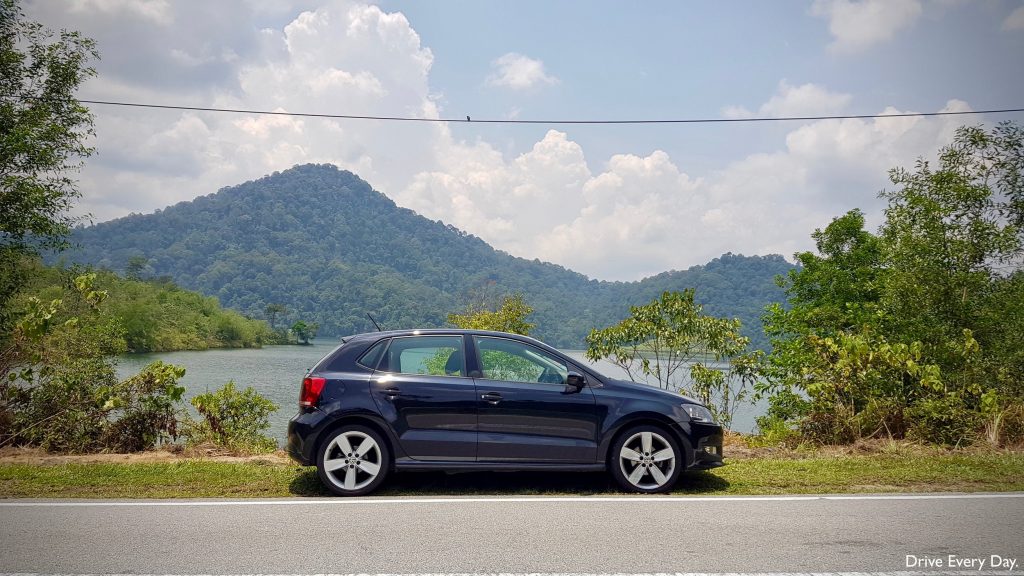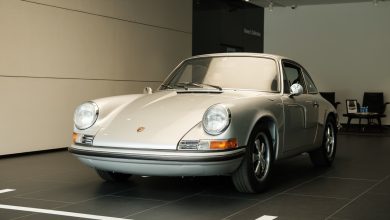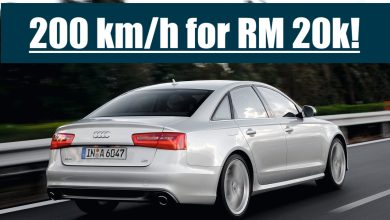First Car Conundrum: New Axia E Vs Used Picanto Vs Used i10

The new Axia E might be priced to please (parents of) teenagers, but would a used i10 or Picanto be a better first car choice?
As most readers might possibly recall, in spite of the probable hardships that came with it, the first blossom into adulthood was nevertheless rather an exciting experience to go through. The first kiss, first date, first morning after… All of these were pleasures that got your blood pumping and that feeling like you’re the king (or queen) of the world, despite still having to fret about your mid-term tests immediately after that.
What more is that if you’re perhaps really lucky in life, your first car could be something equally as exciting too. Though with the realities of real life (and the cost that comes along with it) becomes apparent, all those dreams of owning something sexy will likely have evaporated into the air almost as quickly as when you likely finished during your first time.
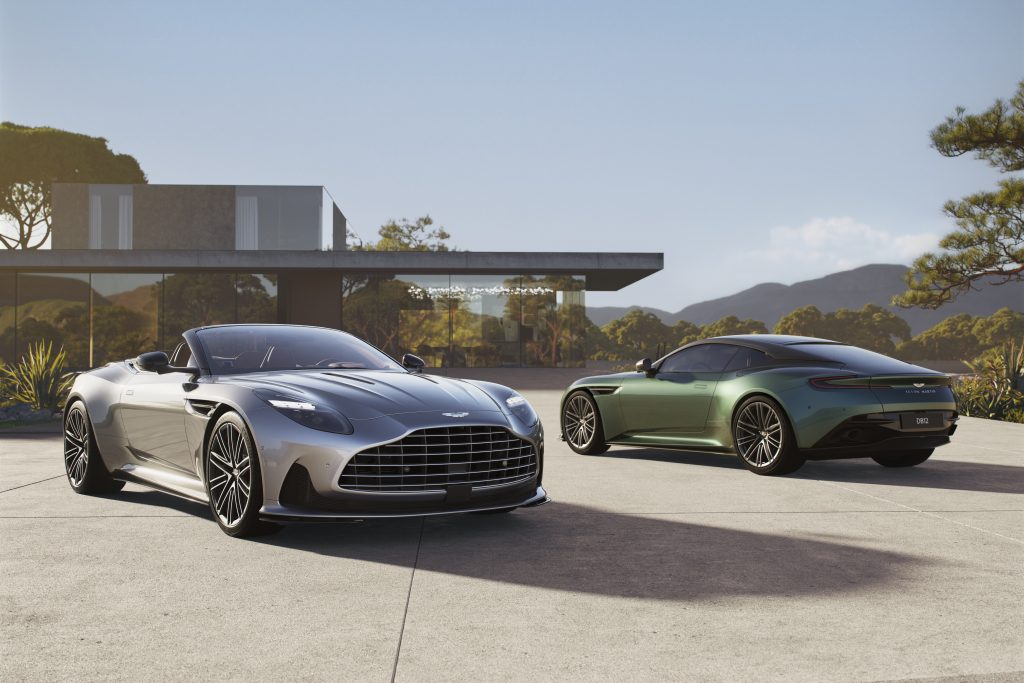
And it is exactly because of the need for something sensible that university and college campus carparks all around the nation are typically filled with Peroduas. It is after all the default choice now for any Malaysian who wants an affordable and sensible set of wheels that has the all-important warranty attached to it, which is exactly what typical teenagers need (and more likely than not their parents demand) for a first car.
Perodua of course also knows full well about the characteristics of its largest buying demographic, and hence why when they launched the new Axia earlier this year, they very wisely kept the old one around as a bare-bones no-frills version around for a rather staggeringly low RM 22,000. A price that is incidentally perhaps not entirely accidentally aimed squarely at those parents who their child might perhaps have been eyeing something (ever so slightly) sexier in the classifieds instead, like a Hyundai i10 or Kia Picanto for instance.
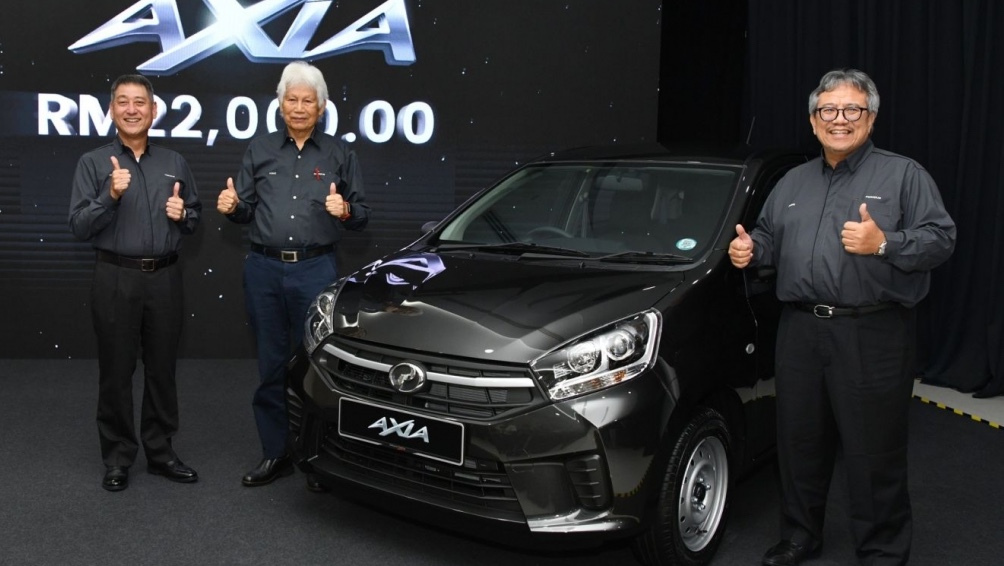
Yes, while these South Korean superminis might have cost a lot more than their local counterparts when they were brand spanking new, the wonders of time (and its associated depreciation) has since brought the prices of its earlier iterations down to nearly half the price of what a brand new Axia would cost, which hence actually makes for a rather convincing argument to forgo the requirement most Malaysians have about every car needing a warranty. But with the new-old Axia E costing about the same now as these tiny kimchi cars, is there still a reason to even consider going down the used route instead of just popping to the Perodua showroom right away and sitting their kid down in Malaysia’s cheapest new car?

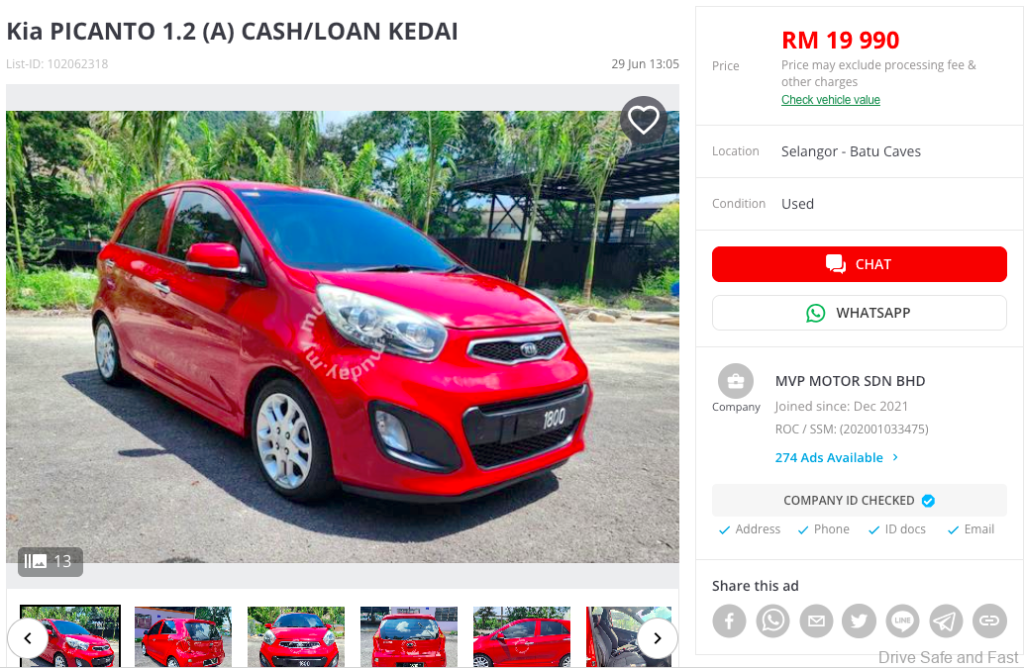
Well, actually yes. For the very simple reason that there is the insignificant chance said child might be one of the increasing number of youths these days who took the automatic-only driving test, and the new old Axia E is to be exclusively available with a 5-speed stick shift.
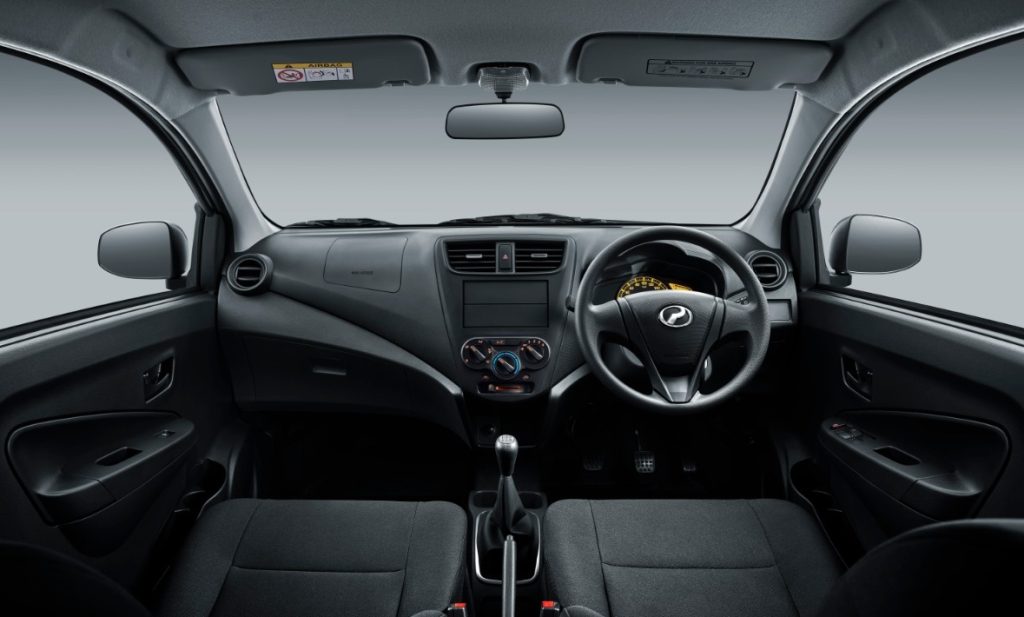
Though apart from the fact that most teens are now not technically capable or even legally allowed to drive the new Axia E, there is also a few other areas these near-decade old South Korean superminis triumph over the brand-new Malaysian alternative. Like safety, for example…
Initially arriving in 2013, the Kia Picanto that is of particular interest in this comparison here is the runaway winner of the three when it comes to safety. This tiny hatchback comes with a very substantial six airbags and disk brakes all round, not to mention too a vast array of passive safety acronyms that include Hill Start Assist (HSA), Electronic Stability Control (ESC), Anti-lock Braking System (ABS), Electronic Brake-force Distribution (EBD) and Traction Control System (TCS).
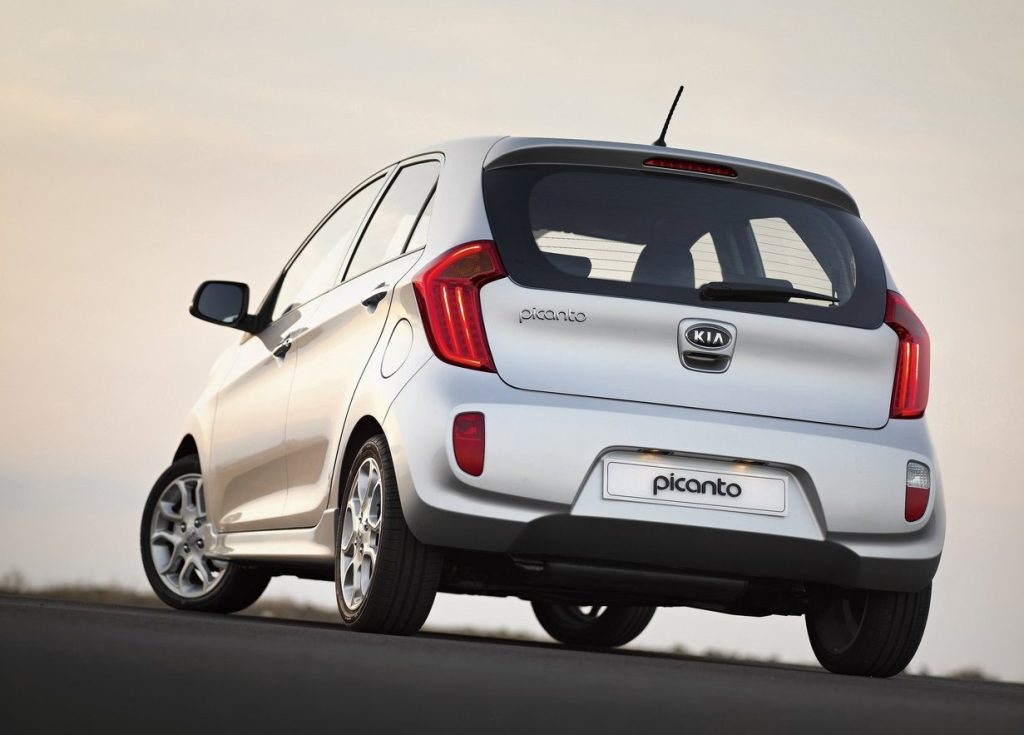
As for the Hyundai i10 meanwhile, a post-2012 post-facelift High Spec model (that should really be the one to get) nets only 2 airbags with ABS and EBD as standard. A comparatively poor showing to the safe-as-can-be Kia, but is frankly astoundingly still somehow better than the Axia E, whose list of safety features start, and unfortunately end, at just two airbags, with ESC and even ABS not to be available on this cheapo Malaysian supermini.
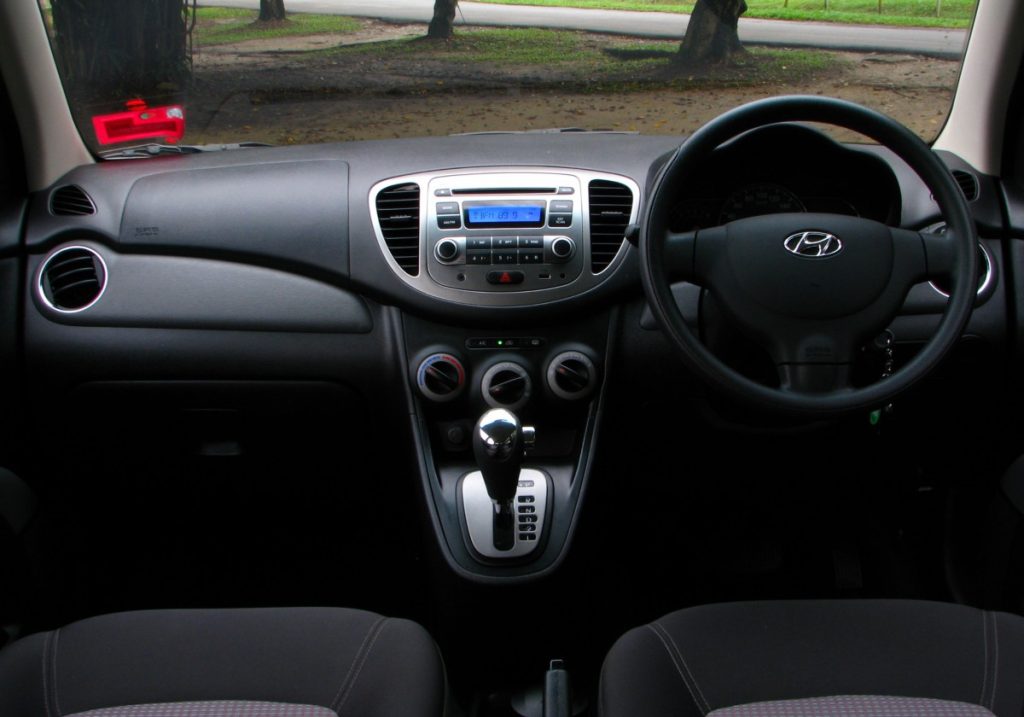
A similar tale is then repeated when it comes looking at the list of other features that are available with these superminis, with the Picanto once again reigning supreme in this regard too. In fact, creature comforts that came with the Kia almost rival cars that are both four times the price and four times as new. All thanks to a feature list that includes standard automatic projector headlights, a multi-function leather-wrapped steering wheel, keyless go and even automatic climate control.
And granted, while there is unfortunately no Android Auto or Apple CarPlay integration, the factory AUX, USB and bluetooth input on its six-speaker sound system is nevertheless better than the blanking plate for where a radio and speakers should go on the Axia E.
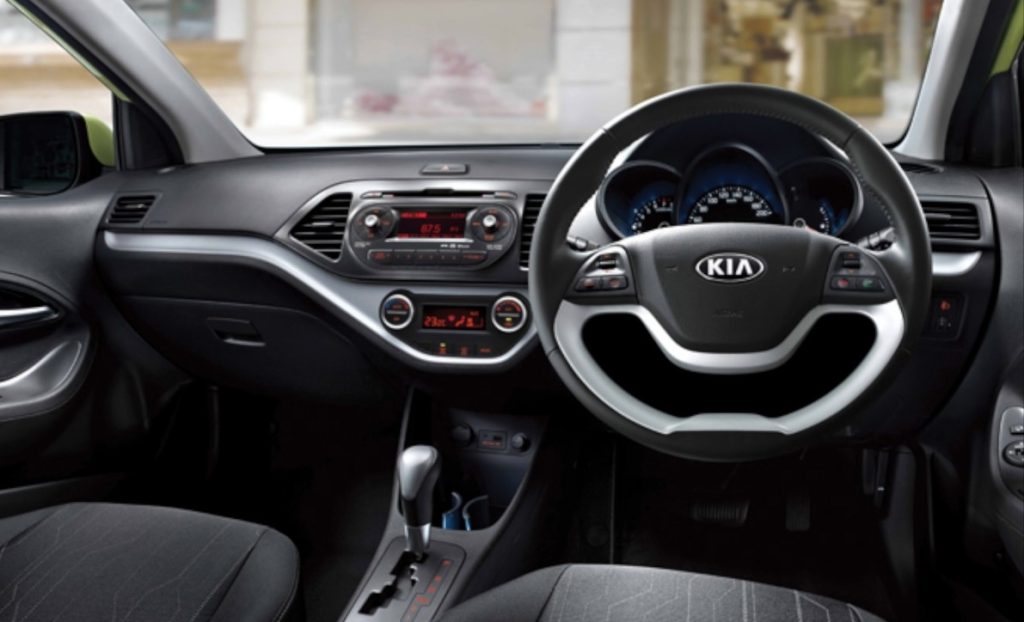

Similarly missing on the Axia E are in fact even little things like remote central locking, with this Perodua being kosong to the point that a rev counter (on this manual car!) is sadly omitted. The i10 meanwhile lands somewhere closer to the barren Perodua than the feature-laden Picanto, but still manages to come with a four-speaker sound system with USB and AUX input, manual air-con and a digital fuel gauge.
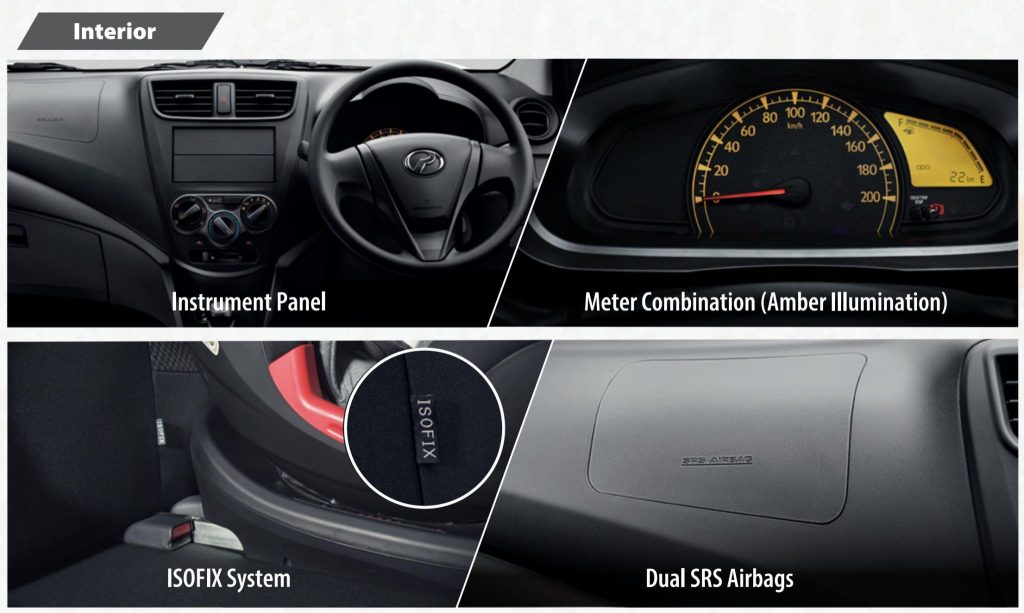
Now in terms of propulsion, Perodua has retained the 67 hp 1.0-litre three-cylinder mill for the Axia E, which while good at sipping fuel to and from the market, is perhaps not the most ideal for longer distance travel on the faster-moving highways. And while the South Koreans are short a ratio on their four-speed auto ‘boxes relative to the 5-speed stick shift in the Axia E, the 87 PS and 120 Nm of torque output by the 1.25-litre Kappa CVVT four-pot in these two superminis should still likely make for a more bearable highway driving experience.

And just as a quick aside, it is worth noting that a 1.1-litre four-cylinder that output 66 hp and 99 Nm of torque was also available in the i10. Though it should be quickly noted too that given prices between the Hyundai with the smaller engine is roughly similar to its larger-motored counterpart on the used market, the extra oomph and better refinement from the 1.25-litre is the one to go for.
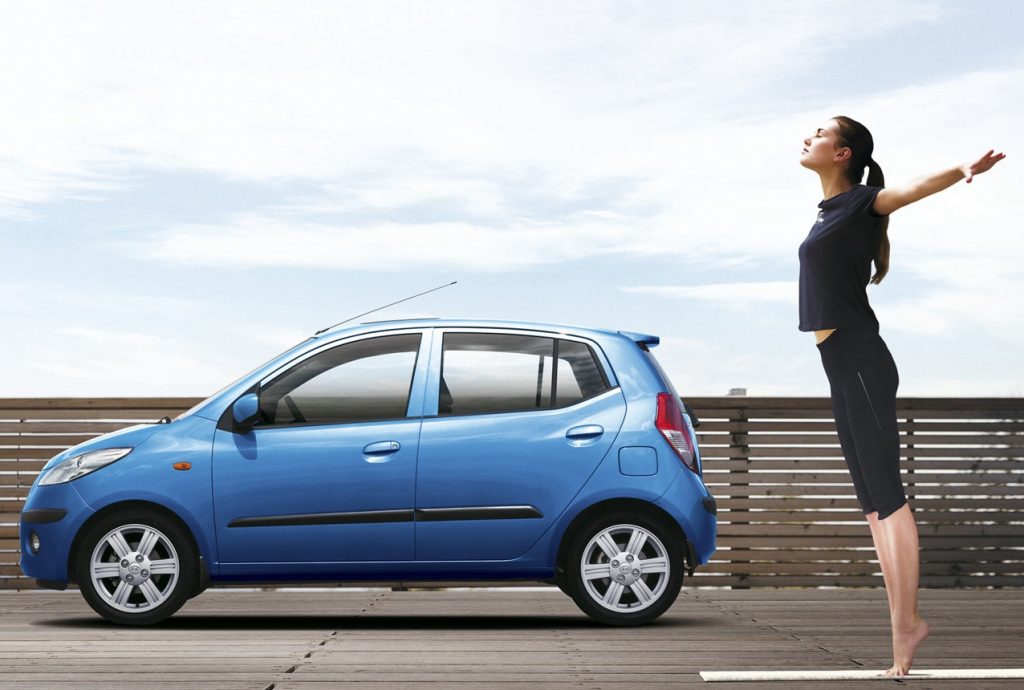
It is also worth bearing in mind that the Axia E comes exclusively with some rather utilitarian steelies, while the other two South Korean superminis came riding on alloys as standard (14-inches on the i10 and massive 15s on the Picanto). Just touching a little bit on wider topic of style and street-cred too, the simple fact is that, in spite of the Hyundai and Kia being over a decade old now, both of them still look somewhat decent enough to be parked outside a swanky hotel without being immediately shoo-ed away. The Perodua on the other hand unfortunately is to be the only one that looks as if a GrabCar has just pulled up.
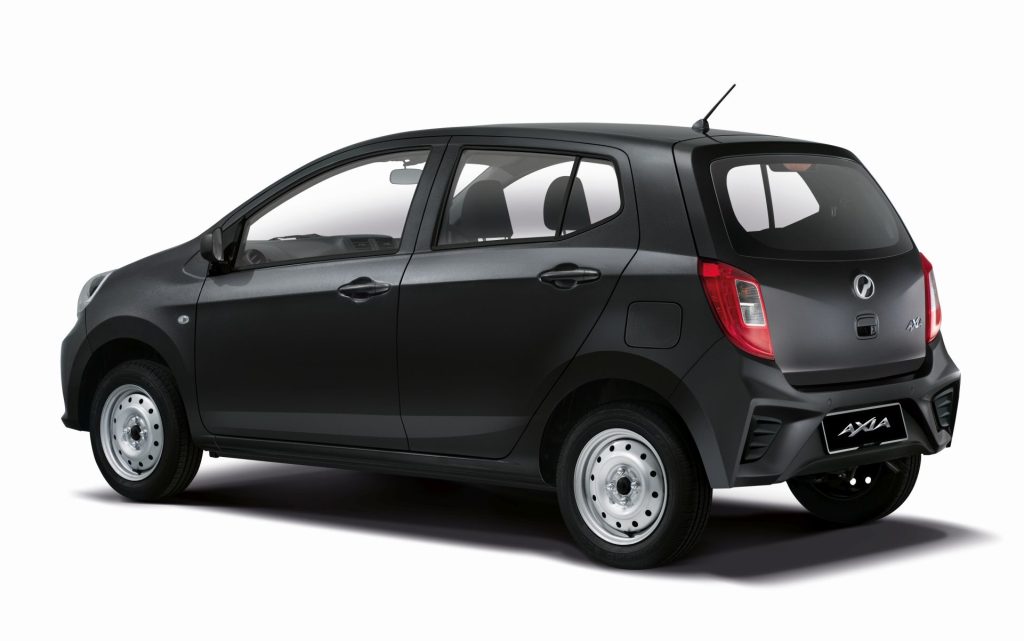
Having just said that however, there are actually a few things going for the GrabCar over the South Koreans. Chief among which comes from the fact that the Axia E is just a fresh-out-the-box new car that has the aforementioned all-important warranty, and perhaps even more importantly too than that is the fact that it hasn’t been messed around with for the last decade of its life.
Despite the Picanto and i10 not harbouring any major mechanical time-bombs of note, the unassailable fact is that these cars have already been subjected to the harsh conditions of Malaysian roads for the past decade. And this in turn means that there will be a certain amount of wear and tear that will have to be expected and budgeted for when considering the purchase of these used South Korean superminis.
Said spare parts for the Kia and Hyundai will likely be both more expensive and harder to come by than the plentiful Perodua. And while some people might totally not get the next sentence, speaking as an owner of a decade-old car, there is actually a base-level feeling of being at ease when driving about in a brand new car over having to worry about any potential squeak and rattle that has just developed in a 10-year-old one, no matter how well maintained it is.
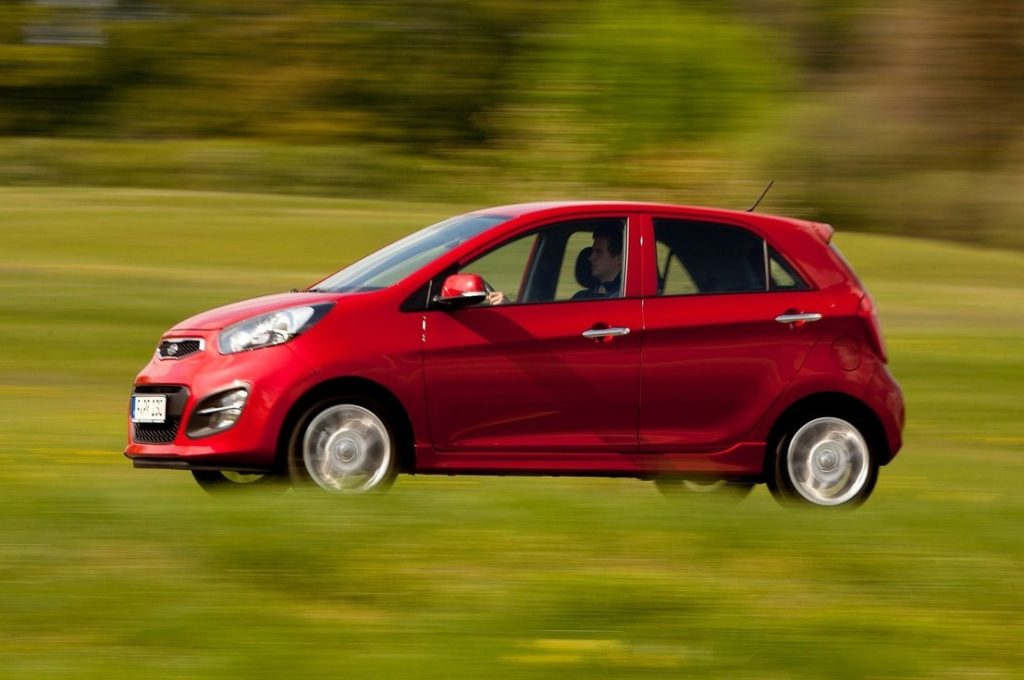
In fact, having not too long ago been in the same shoes myself scouring the used car lots for my first car, having to not deal with the sleazy used car dealerships and the piles of lemons that they attempt to peddle off as clean used cars would be reason enough to actually recommend non-car people to just go with the Axia E for the peace-of-mind and trouble-free buying experience that it gives.
Moreover, while relatively cheap in the grand scheme of things, RM 22,000 is still a significant chunk of change that some might require financing plans to afford. A service that is typically not offered by the used car dealerships, in an official (and more importantly trustable) capacity anyway.

If I were to recommend a car out of the three however, there would still be no hesitation in choosing the Picanto. It is after all a lot of car for not a lot of money these days, and especially for a first car, there really is no way to ignore the massive list of safety kit that comes with it.
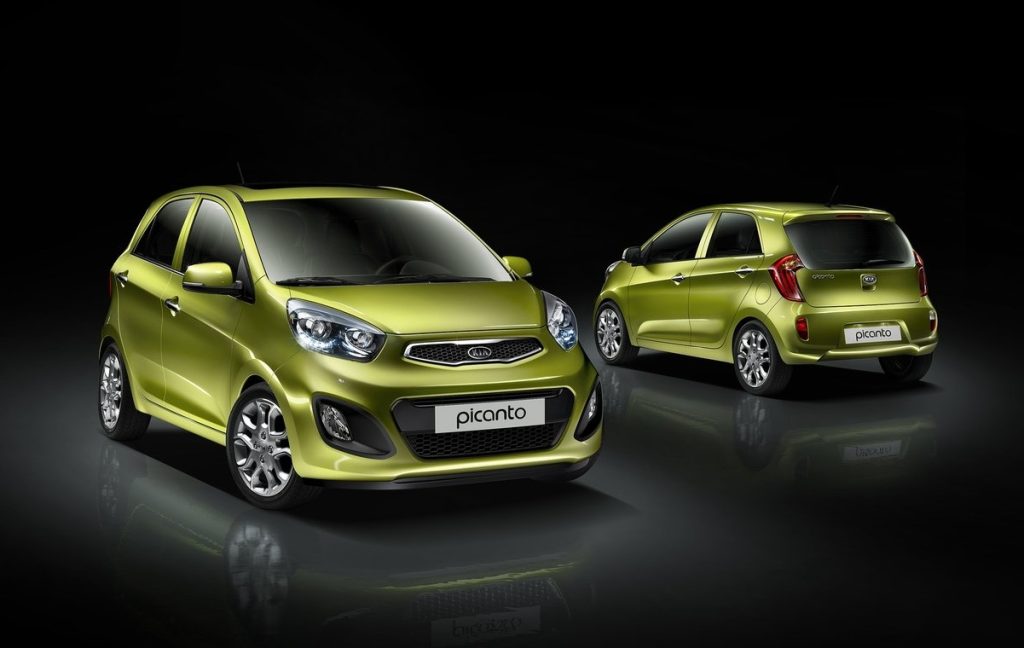
Though while the Picanto is certainly the best out of the three, those teens who really want something sexy and sporty could perhaps steer their parents towards something like a Volkswagen Polo 1.2 TSI. A car that is about the same age and currently about the same price on the used market as the Kia, but its turbocharged engine makes it way more fun to drive and easier to cruise with on the highway, while the VW badge makes it infinitely cooler too.
Speaking as someone who actually bought one of these instead of the sensible South Korean supermini however, the fun and financial pain that comes with Polo in equally large measures. But hey the whole fun about being young is the ability to make stupid mistakes, right?
